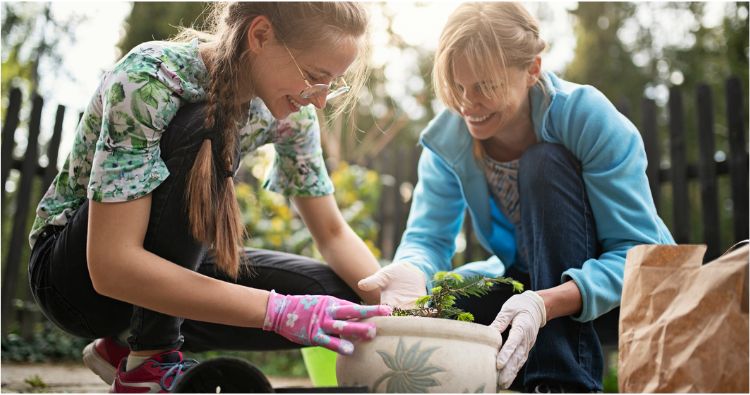
How to live sustainably on a budget: Affordable sustainability ideas
Mar 25, 2024, 6:28:23 PM | Reading Time: 4 minutesYour morning coffee. Your favorite jeans. The car you drive to work. The purchases we make come with a price tag, but these choices can also have a health, environmental, or social impact as well. Learning how to live more sustainably and reduce our footprint is a good lifestyle goal, but can this be achieved without breaking the bank? Thankfully, going green and shopping sustainably doesn’t have to be a burden on your budget.
Is it cheaper to live sustainably?
There is a common misconception that sustainable living is more expensive, when in actuality, eco-living can be more cost effective in the long run. Buying green items that can be reused can keep other single-use items out of circulation. For example, LED lights have a higher cost upfront but last much longer than traditional incandescent bulbs. Finding sustainable alternatives to disposable items not only helps save money, but is better for the environment.
In the home, eco-friendly appliances use less water and power to operate than older models. Smart thermostats can be set to a schedule and keep the house comfortable when you’re home and reduce power while you’re away, helping reduce energy costs.
Easy ways to be more sustainable without breaking the bank
Taking a more mindful approach to shopping and living sustainably can be achieved by adopting a few good habits. Here are helpful ways to get started:
Reuse and recycle
“Upcycling,” as it’s commonly called, refers to the process of transforming something old into something new and different. Like using wine corks to make a corkboard, an old map to jazz up a dated picture frame, or turning mason jars into glasses. Thinking about new ways to use older items can be a great way to save money, reduce waste, and flex your creative muscle.
As you look around your home, you may spot things that are no longer needed. Consider taking them to a thrift store, garage sale, or consignment store. While you’re there, you may find something new to add to your space.
Share and borrow
Another budget-friendly way to be more sustainable is to borrow what you need. Going to a wedding? Perhaps a friend has an outfit to borrow, or find a store that will rent formal attire. Looking to clean up the backyard? A neighbor or home improvement store may have something you can use for an afternoon. Libraries are another fantastic option to get some entertainment value on items you may only read or watch once. Borrowing and lending items with friends and neighbors can be an economical and sustainable way to get the things that you need.
Invest in high-quality items
Investing in high-quality items doesn’t seem like a budget-friendly tip, but purchasing well-made products can help save you money since they are likely to last longer. A nice piece of furniture with a sturdy frame can last decades with proper care. Energy-saving appliances can cost more upfront, but can ultimately help lower your bills and carbon footprint.
More sustainable ideas & at-home solutions
For those looking to incorporate more eco-friendly practices at home that can help save money, these solutions can make a big difference.
- Swap disposable water bottles for a reusable one
- Look for products with less packaging
- Use reusable shopping bags
- Recycle responsibly and compost if possible
- Install water-saving toilets and low-flow showerheads
- Unplug devices and appliances that are not in use
- Buy brands that support sustainability
- Choose green cleaning products or make your own
- Select items made from recycled materials
- Use a drying rack instead of dryer
- Start a backyard garden and exchange produce with neighbors
We all have a responsibility to protect the planet and find ways to live more sustainably. Taking small, positive steps to go green can help move the needle in a positive direction, and over time, reduce costs and help conserve resources.
B2-MN-4-24
REV 4/2024
